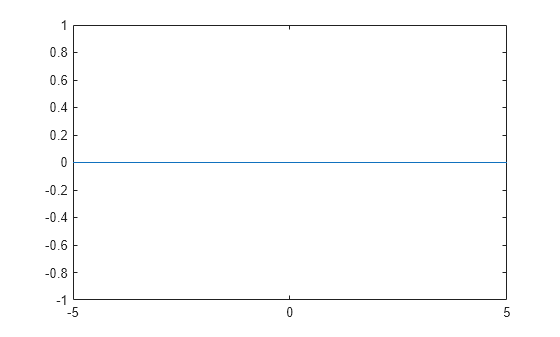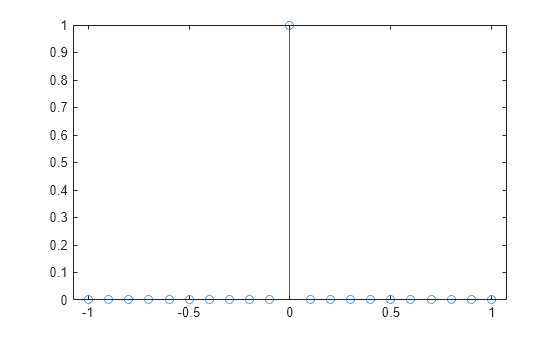dirac
Dirac delta function
Description
Examples
Input Arguments
More About
Tips
For complex values
xwith nonzero imaginary parts,diracreturnsNaN.diracreturns floating-point results for numeric arguments that are not symbolic objects.diracacts element-wise on nonscalar inputs.The input arguments
xandnmust be vectors or matrices of the same size, or else one of them must be a scalar. If one input argument is a scalar and the other one is a vector or a matrix, thendiracexpands the scalar into a vector or matrix of the same size as the other argument with all elements equal to that scalar.
Version History
Introduced before R2006a

